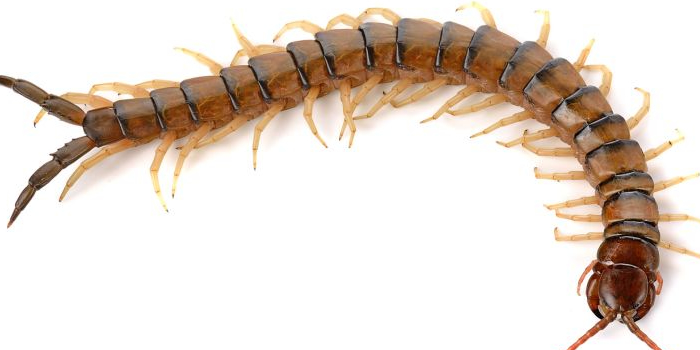
Long Island NY Nassau Suffolk County Spider Centipede Cricket Flies Bees Flea Pest Control are available 24 hours a day 7 days a week. We focus on removing centipedes from your property. Please feel free to call us to get started with the process. Your family and pets will be safe after we apply our industry leading pest control exterminator’s solutions.
Centipedes (from the New Latin prefix centi-, “hundred”, and the Latin word pes, pedis, “foot”) are predatory arthropods belonging to the class Chilopoda of the subphylum Myriapoda, an arthropod group which also includes millipedes and other multi-legged creatures. Centipedes are elongated metameric creatures with one pair of legs per body segment. Most centipedes are generally venomous and could inflict a painful bite, injecting their venom through pincer-like appendage known as forcipules. Despite the name, centipedes can have a varying number of legs, ranging from 30 to 354. Centipedes always have an odd number of pairs of legs.[1][2][3] Therefore, no centipede has exactly 100 legs. Similar to spiders and scorpions, centipedes are predominantly carnivorous.[4]:168
Worldwide, an estimated 8,000 species of centipedes are thought to exist,[5] of which 3,000 have been described. Centipedes have a wide geographical range, even reaching beyond the Arctic Circle.[4] They are found in an array of terrestrial habitats from tropical rainforests to deserts. Within these habitats, centipedes require a moist microhabitat because they lack the waxy cuticle of insects and arachnids, therefore causing them to rapidly lose water.[6] Accordingly, they are found in soil and leaf litter, under stones and dead wood, and inside logs. Centipedes are among the largest terrestrial invertebrate predators, and often contribute significantly to the invertebrate predatory biomass in terrestrial ecosystems.
